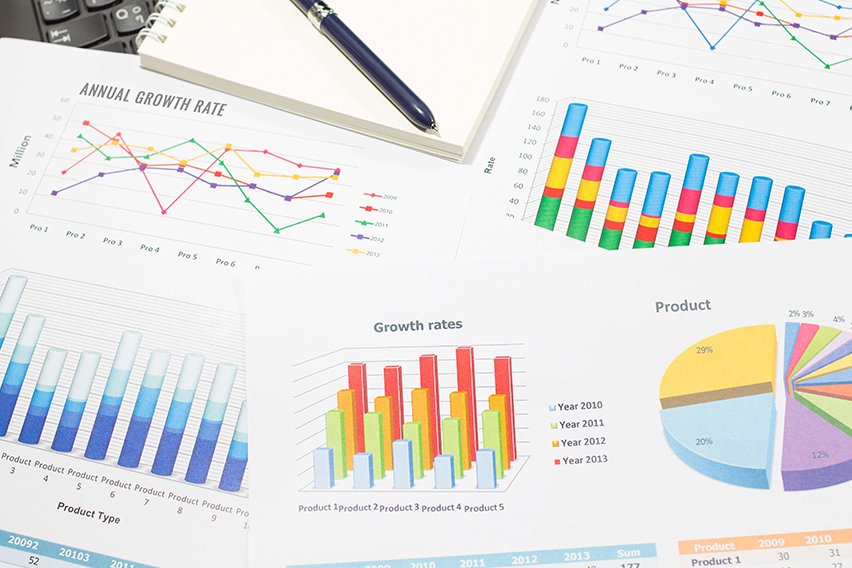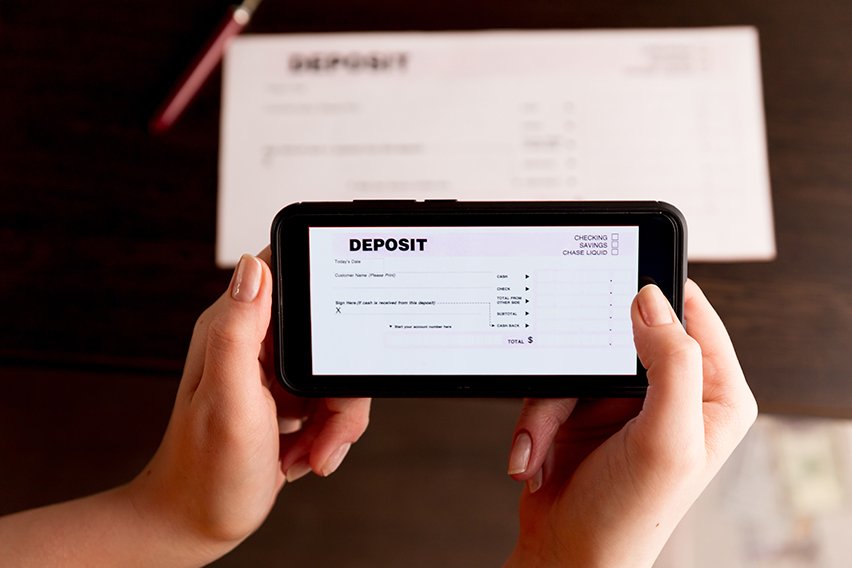Principal Amount: Definition, Formula & Calculation

Understanding the principal amount is important if you take out a loan. In this guide, you will learn how to figure out how much your principal amount is with an easy formula. When you know what your principal amount equals, you know what you can expect to pay back to your lender in interest.
Here’s What We’ll Cover:
Principal Amount: What Is It?
The principal amount refers to the amount of the loan provided by the lender to the borrower. What’s more, it is the amount by which interest is calculated by the lender.
Please note that the principal payment amount of your loan does not include the interest charged on the principal loan amount. Your lender uses your outstanding amount to figure out how much interest you will pay in a given period.
So essentially, the principal amount is how much you owe your lender before interest. You can then compare the principal amount with your payoff amount to see how much interest you’re paying over the course of your loan.
When you make extra payments, you can be sure to pay less interest over time. But you’ll want to check with your lender first before paying off the principal balance in full. Some auto loans and student loans may penalize you for paying early.
If you can make an additional payment whenever you like, it will help lower your regular payments. This will help speed up your repayment of debt while lowering your loan debt.

Calculating Principal Amount
When you have a monthly payment, you have an equated monthly instalment (EMI). Thus, your outstanding loan amount is calculated with a simple formula. Follow the steps below to see how you can determine your principal amount.
For starters, you need to figure out how much your opening loan is.
Then, you need to determine the rate of interest charged to your loan for a specific period (weekly, monthly, yearly).
You can calculate how much your monthly payment in interest will be. Simply multiply the rate of interest by the initial loan amount. Then, divide that number by 12 (for your annualized rate of interest).
Interest payment = Initial Amount x Rate of Interest ÷ 12
Then:
Principal Repayment = EMI – Interest Payment
Moreover:
Outstanding Principal = Initial Amount – Principal Repayment (we can expand this further below)
Outstanding Principal = Initial Amount – (EMI – Interest payment)
Outstanding Principal = Initial Amount + Interest Payment – EMI
Formula Examples
Here, we will use the fictitious Company A as an example. It is a gym that last month received a two-year loan totaling $200,000 to help fund its expansion. Company A’s CEO asked their accountant to figure out the principal amount of the outstanding loan after making their first payment of $8,000.
If the bank charges a 6% interest rate, we need to figure out the accountant’s outstanding principal after the first payment. Therefore:
Monthly Interest Paid = Initial Loan x Rate of Interest ÷ 12 = $1,000
First Month’s Principal Repaid = EMI – Interest Payment = $7,000
Outstanding Principal minus First Payment = Initial Loan – Repaid Principal = $193,000.
So if the first month’s payment was made, this would leave an outstanding amount of $193,000.

Importance of Formula
From the perspective of the borrower, it is very important to understand the basic concept of principal. During the loan term, interest is charged based on the outstanding principal amount. In today’s financial system, most bank loan repayments are characterized by EMI.
This includes interest payment and principal repayment. Therefore, the borrower should realize that the funds used to pay EMI do not actually reduce the principal completely.
This is because part of it pays off the interest collected. The principal repayment part of the initial EMI payment is low. However, it will gradually increase over a period of time until the loan is due.
From a banker’s perspective, this is equally important. Bankers must also manage their own liabilities based on the outstanding loan principal. This means that bankers also need to finance the outstanding principal by raising deposits from customers.
In addition, interest income is calculated on the basis of principal and is the main source of income for banks. Therefore, it can be seen that the principal is important information for both the borrower and the lender.
Key Takeaways
It pays to have a solid understanding of your loan amount. This includes its interest and monthly rates. When you can calculate the principal amount, you can budget and plan your payments easier. If you need assistance with accounting and other business tasks, be sure to visit our Resource Hub.
We’ve compiled a wealth of small business tips and insights. You can find guides on taxes, registration, and much more.
RELATED ARTICLES

 What Is the Order to Cash (O2C) Cycle? Definition & Benefits
What Is the Order to Cash (O2C) Cycle? Definition & Benefits Compound Annual Growth Rate (CAGR): Overview & Calculation
Compound Annual Growth Rate (CAGR): Overview & Calculation What Is the Discount Factor & How to Calculate It?
What Is the Discount Factor & How to Calculate It? What Is a Certificate of Deposit (CD) & How Does It Work?
What Is a Certificate of Deposit (CD) & How Does It Work? What Are Trade Creditors?
What Are Trade Creditors? What Is a BSB Number & How to Get One?
What Is a BSB Number & How to Get One?